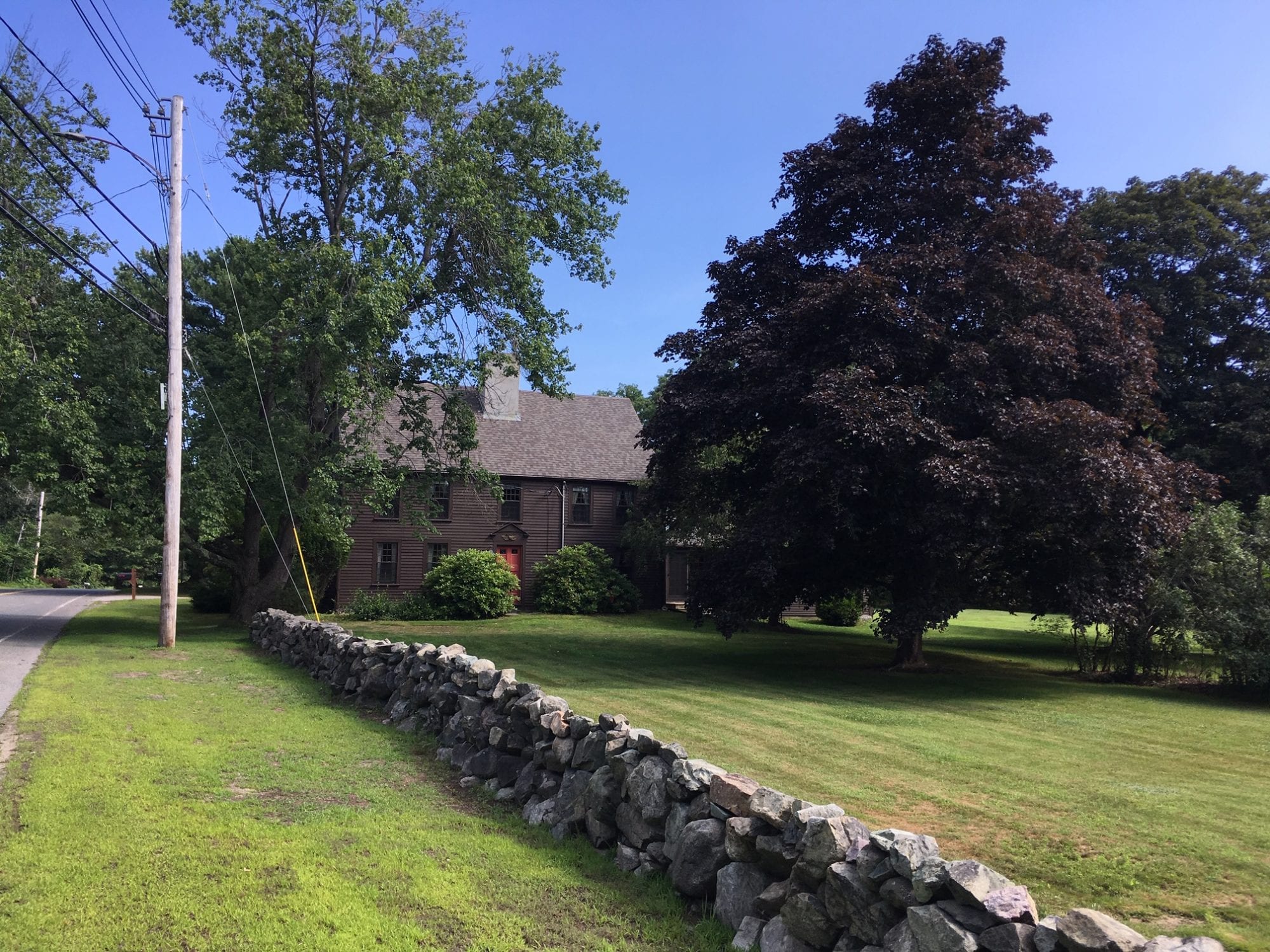


Typically, access is provided across an institutional network to a range of IP addresses. If you are a member of an institution with an active account, you may be able to access content in one of the following ways: Get help with access Institutional accessĪccess to content on Oxford Academic is often provided through institutional subscriptions and purchases. This interrelationship, Norton claims, made Salem in 1692 exceptional among New England witchcraft outbreaks. Her book “explicates those links through … a dual narrative of war and witchcraft” (p. The histories of the two wars “and the Salem witchcraft crisis are intricately intertwined,” Norton argues. Witchcraft provided an explanation for this unsettling challenge and a rationale for searching out and suppressing its insidious manifestations. The wars challenged New England colonists' notion “that they were a chosen people, charged with bringing God's message to a heathen land previously ruled by the devil” (p.

There, Norton argues, Indians afflicted some refugees and their neighbors, often appearing as specters trying to lure them to Satan's cause. Traumatic memories of these events haunted the homeless and occasionally orphaned survivors who fled to Salem and elsewhere in Essex County, Massachusetts. During the wars, Norton observes, Wabanaki Indians destroyed homes and other property, carried off captives to New France, and inflicted massive violence. But, while gender remained a critical concern and the basis for some useful insights, the thrust of In the Devil's Snare is to explain how the experiences of settlers in Maine during King Philip's and King William's wars (1675–16–1697, respectively) shaped the Salem crisis. Mary Beth Norton, a leading historian of women and gender in early America, began her project on Salem witchcraft, she writes, expecting to produce “a feminist reinterpretation” (p.


 0 kommentar(er)
0 kommentar(er)
